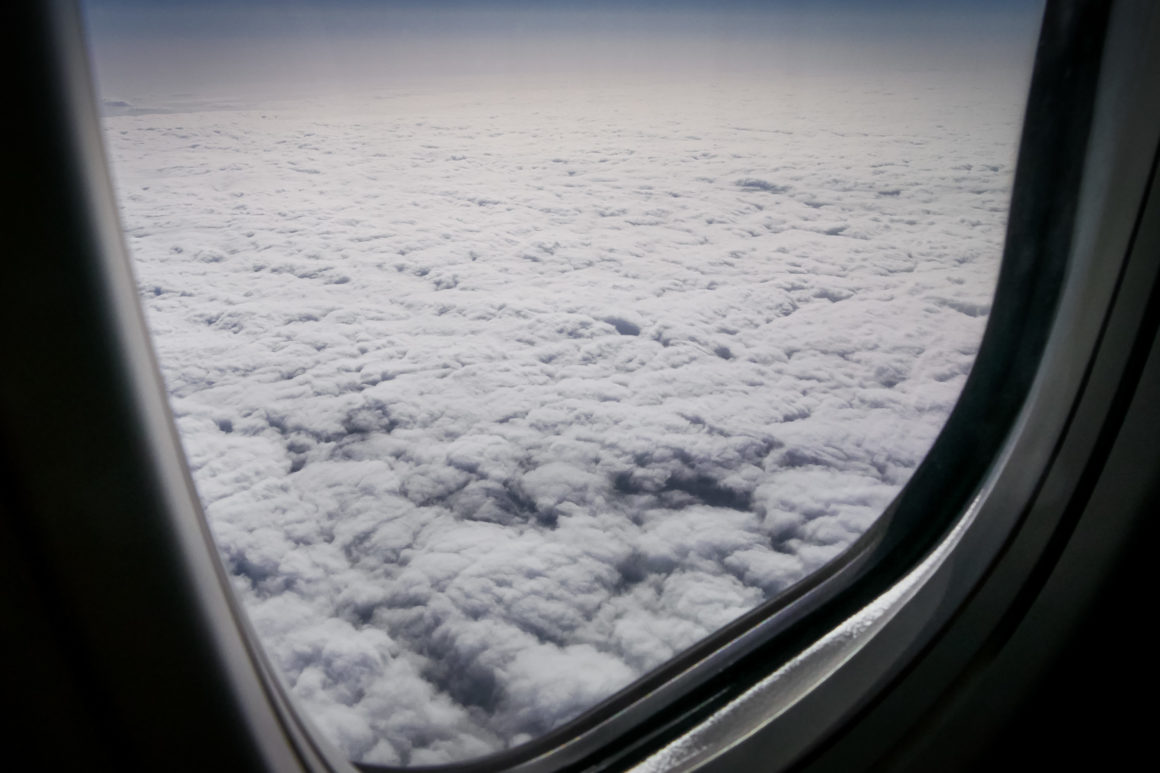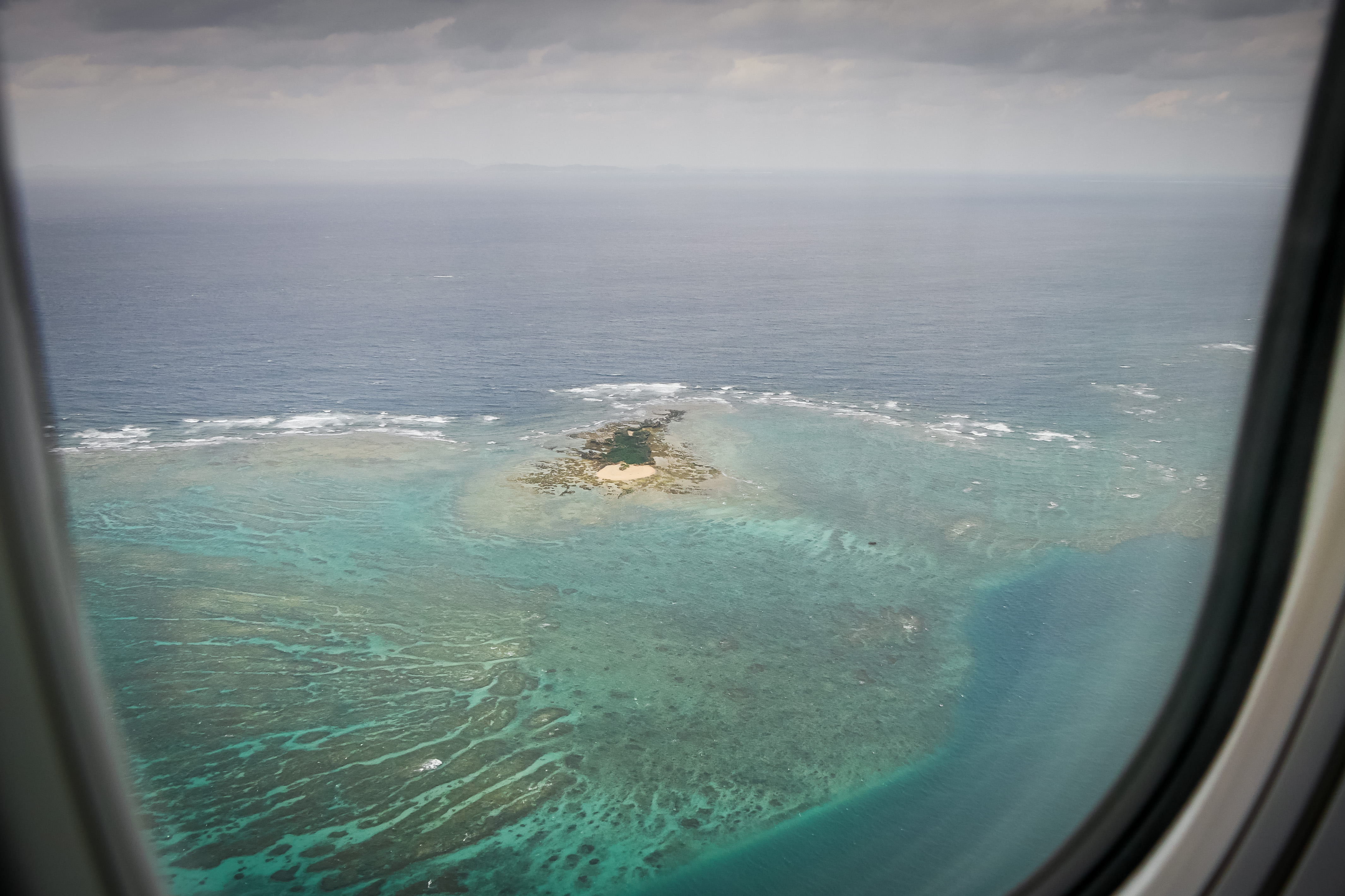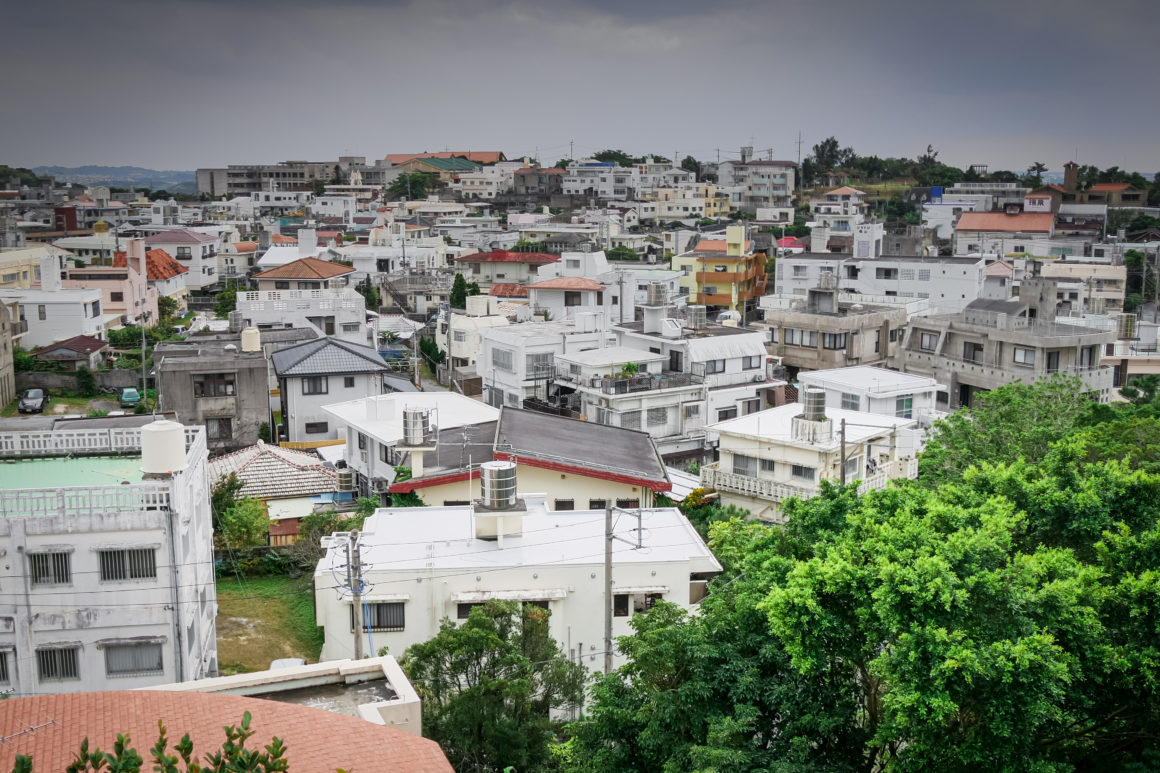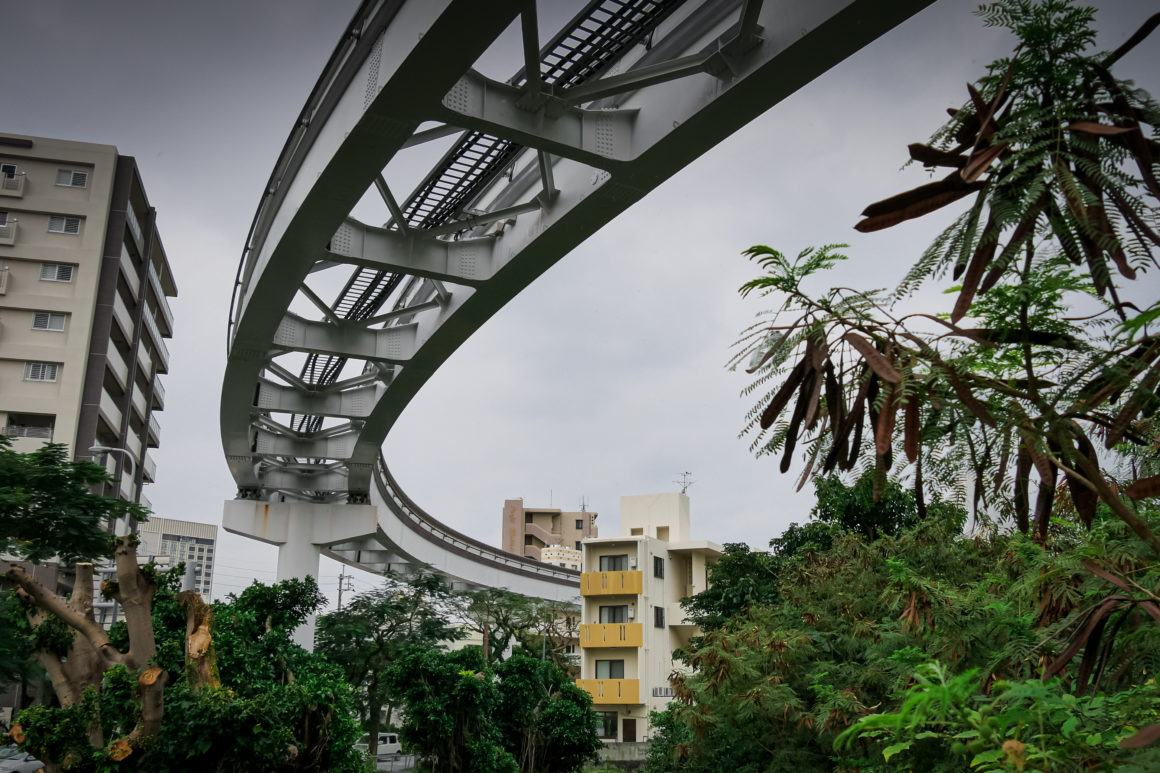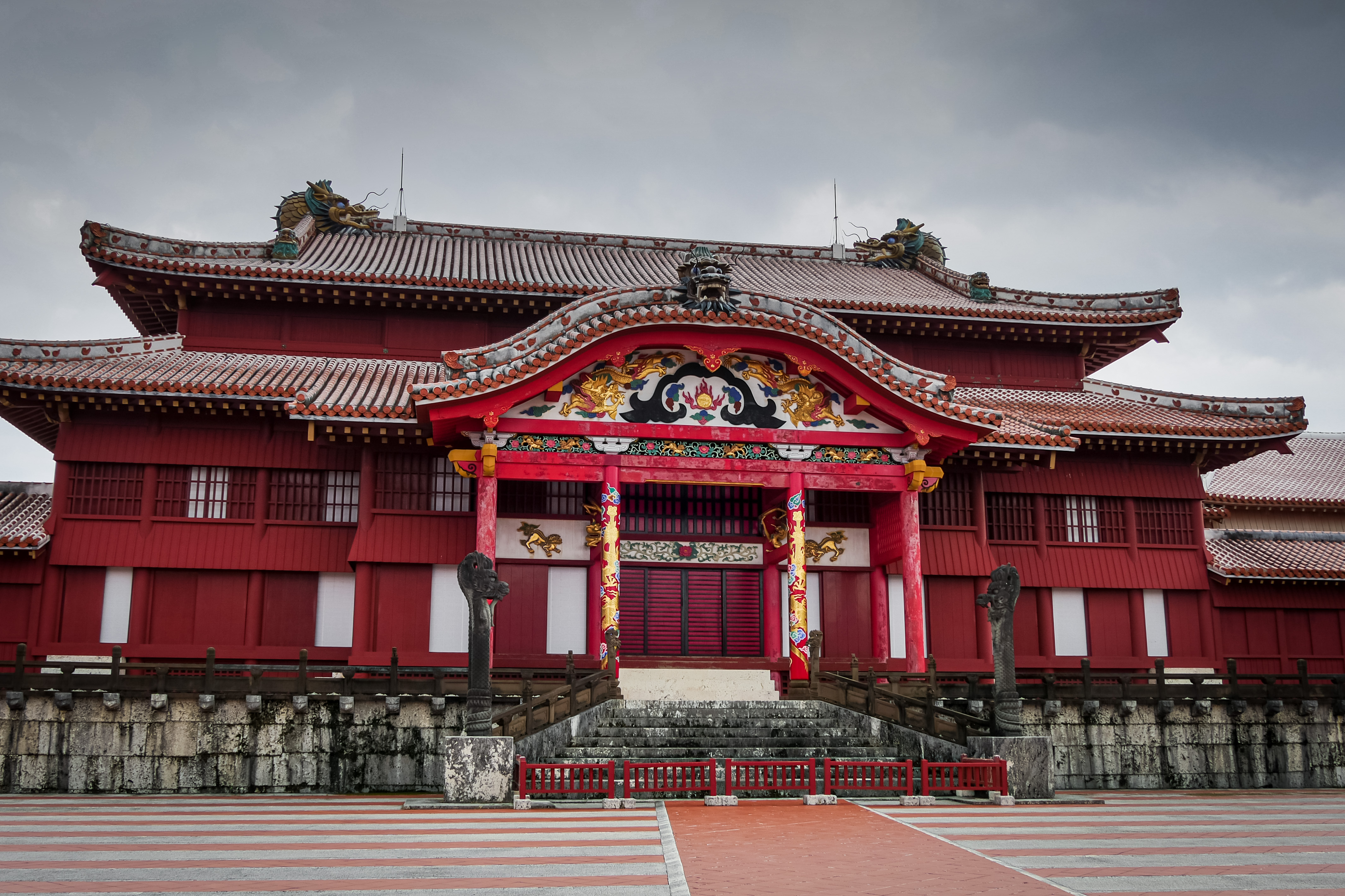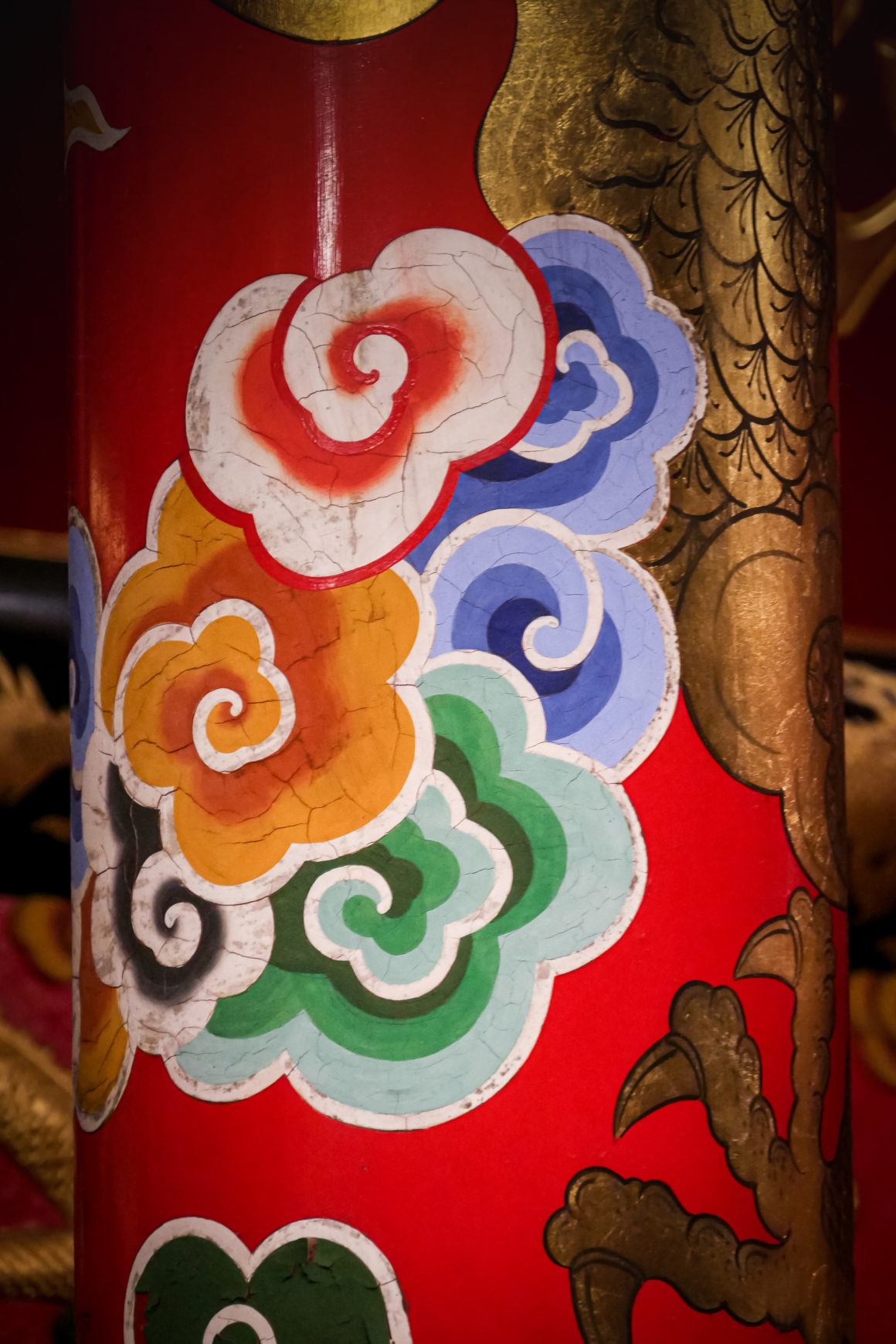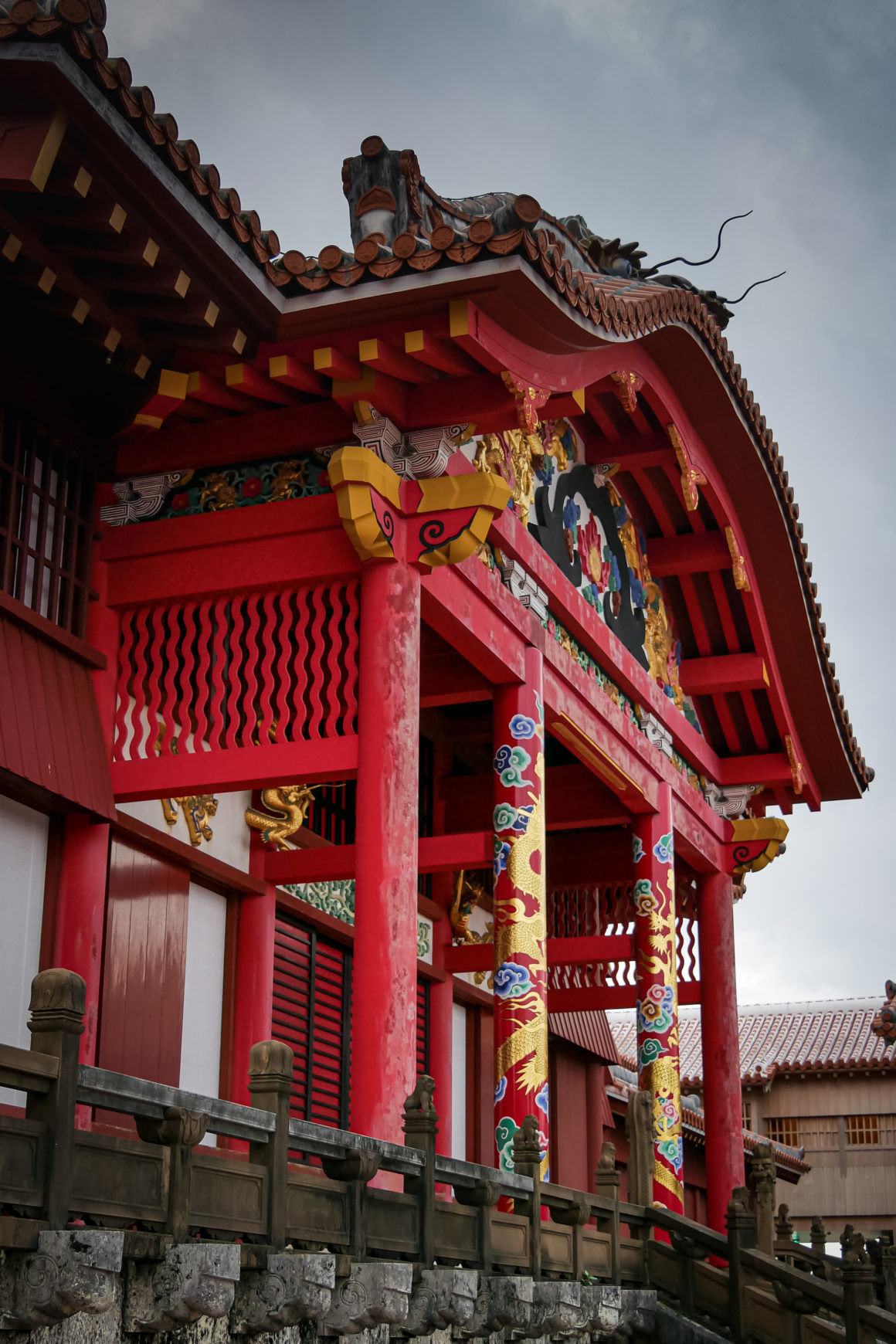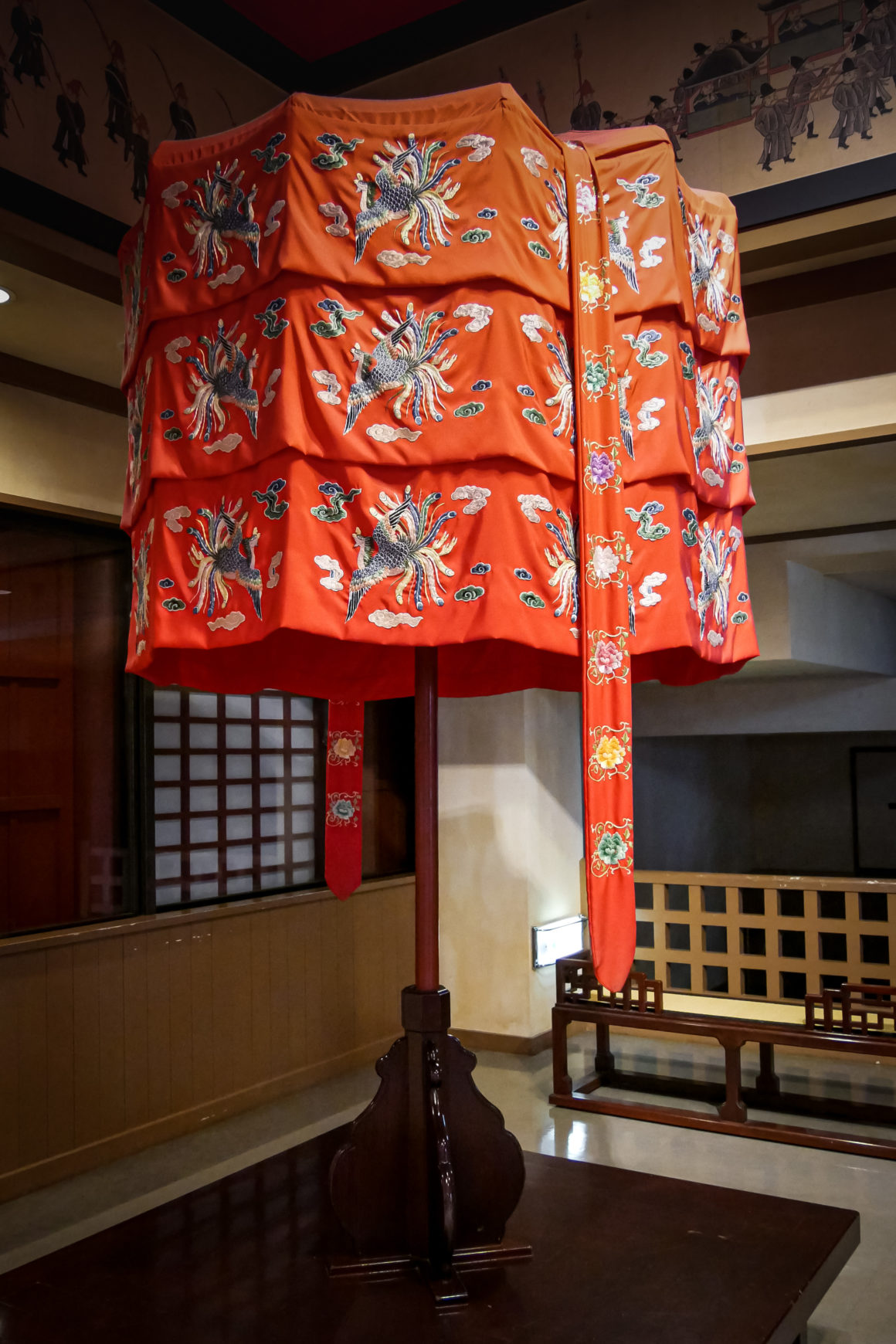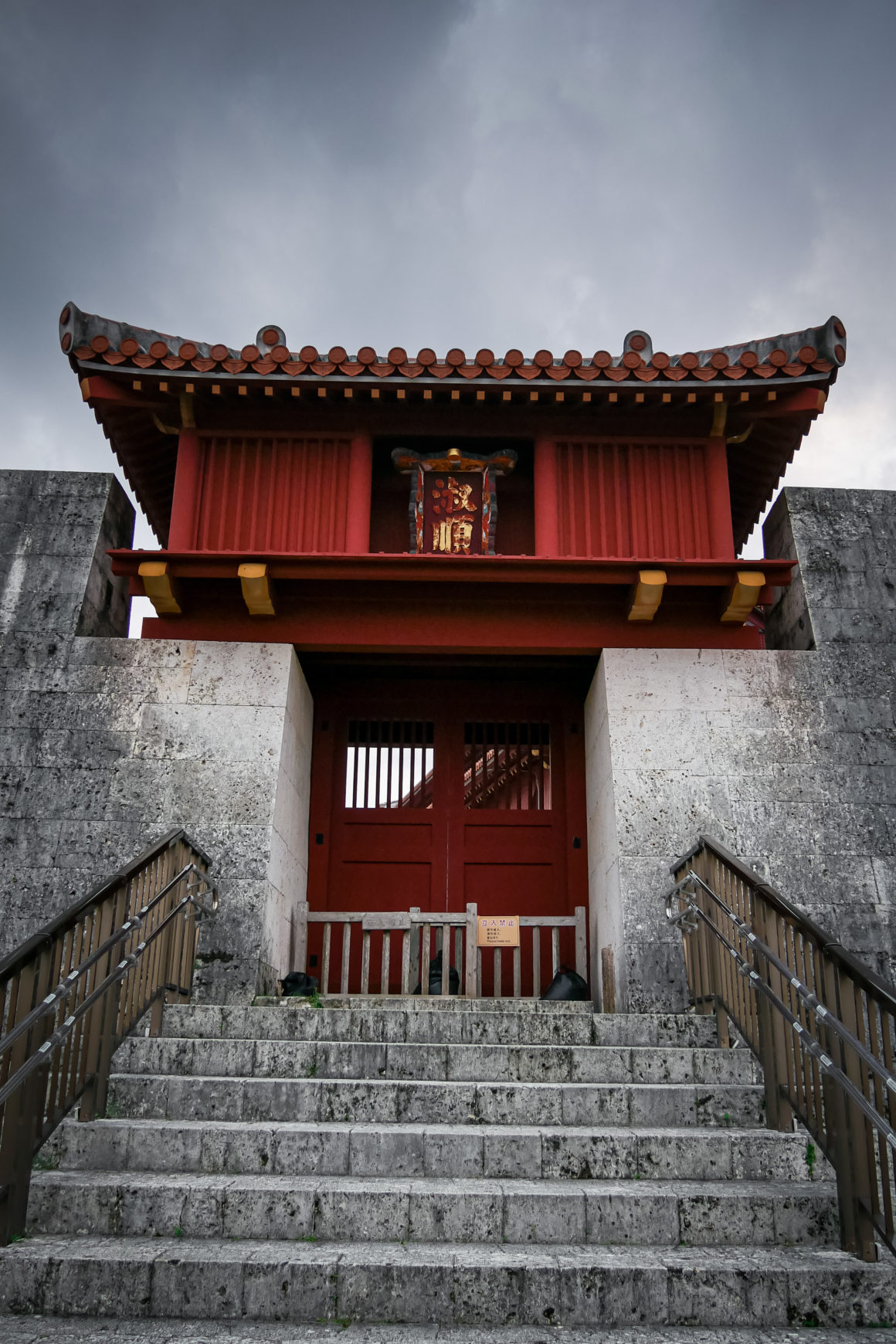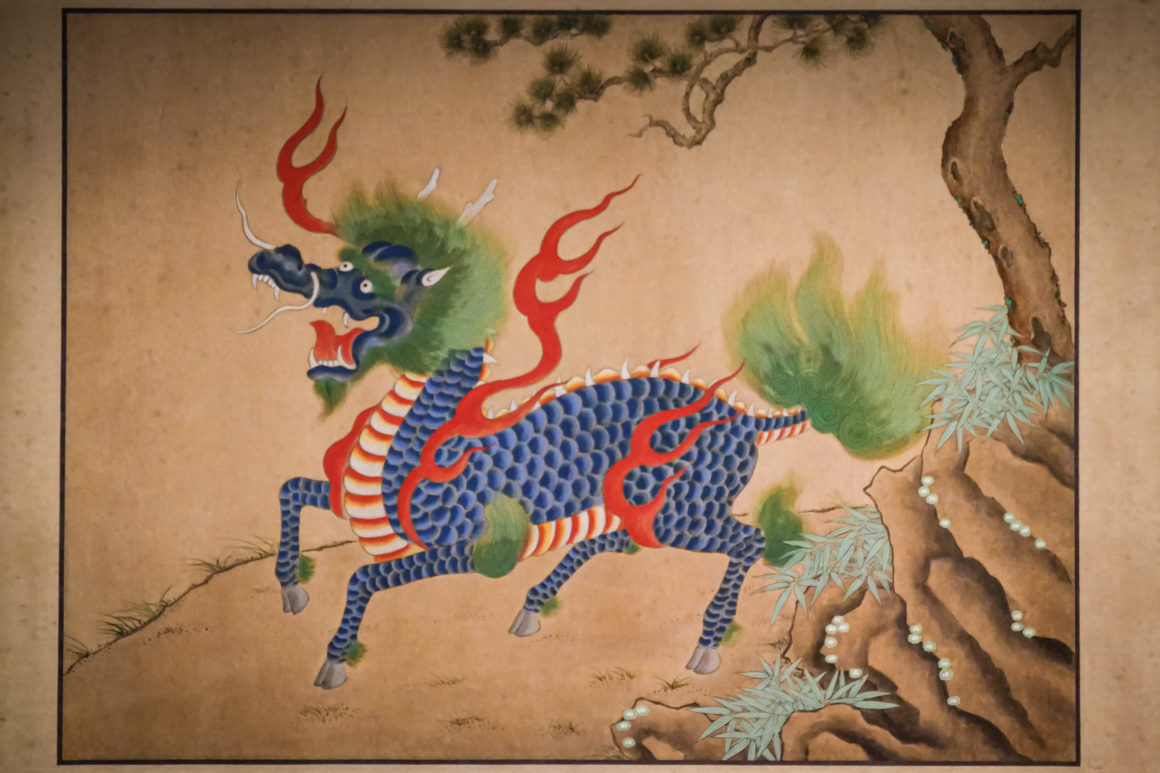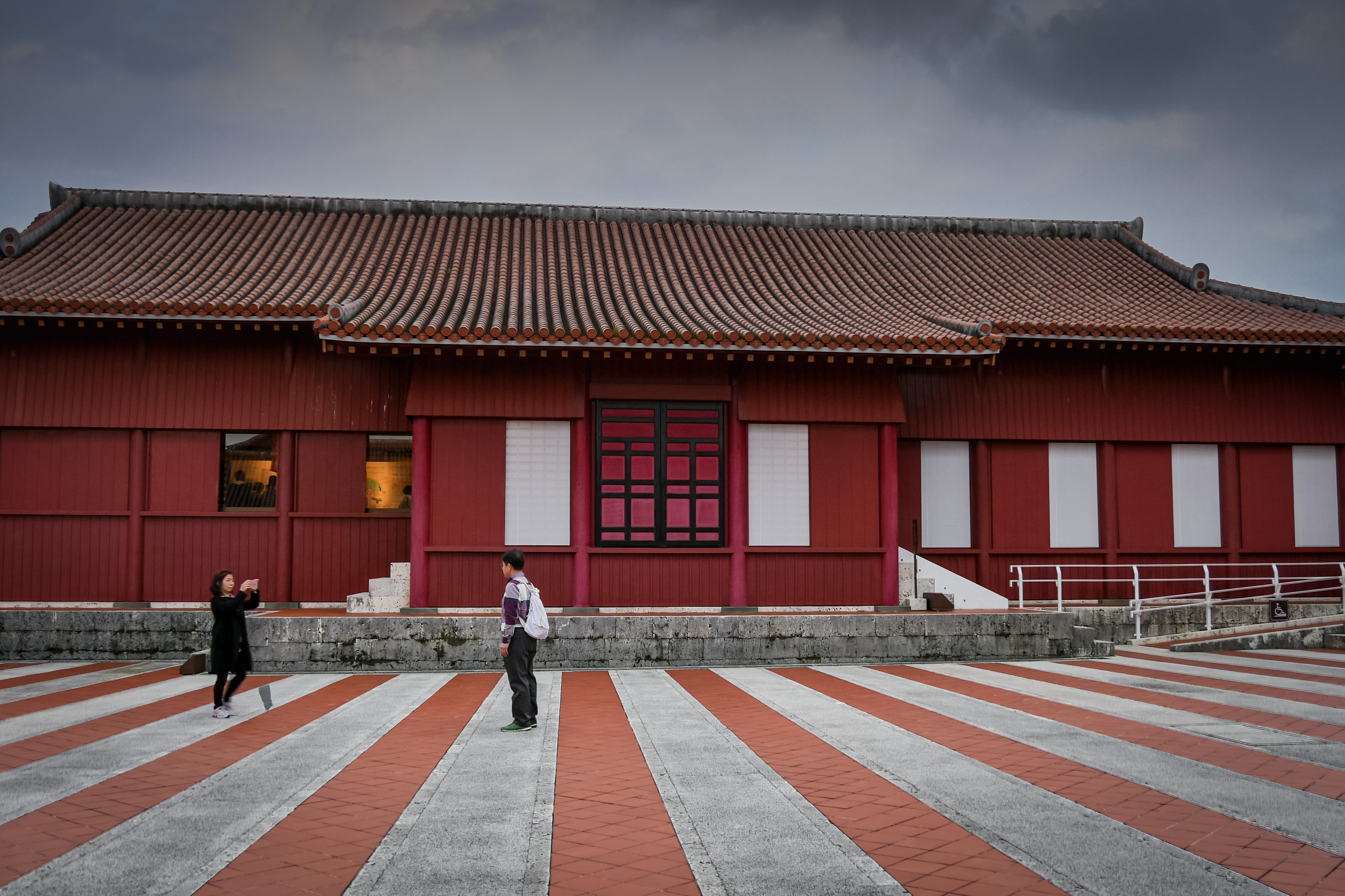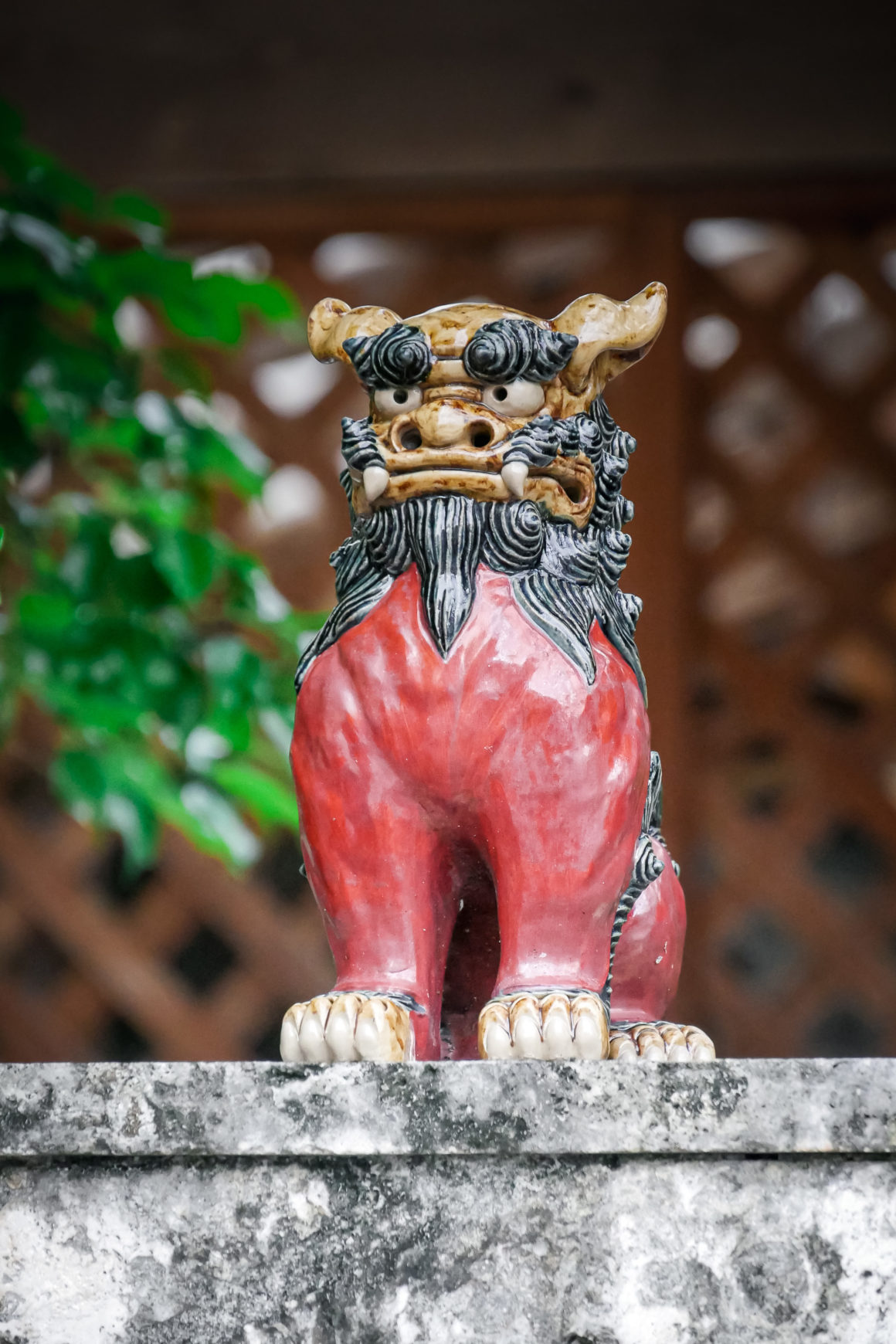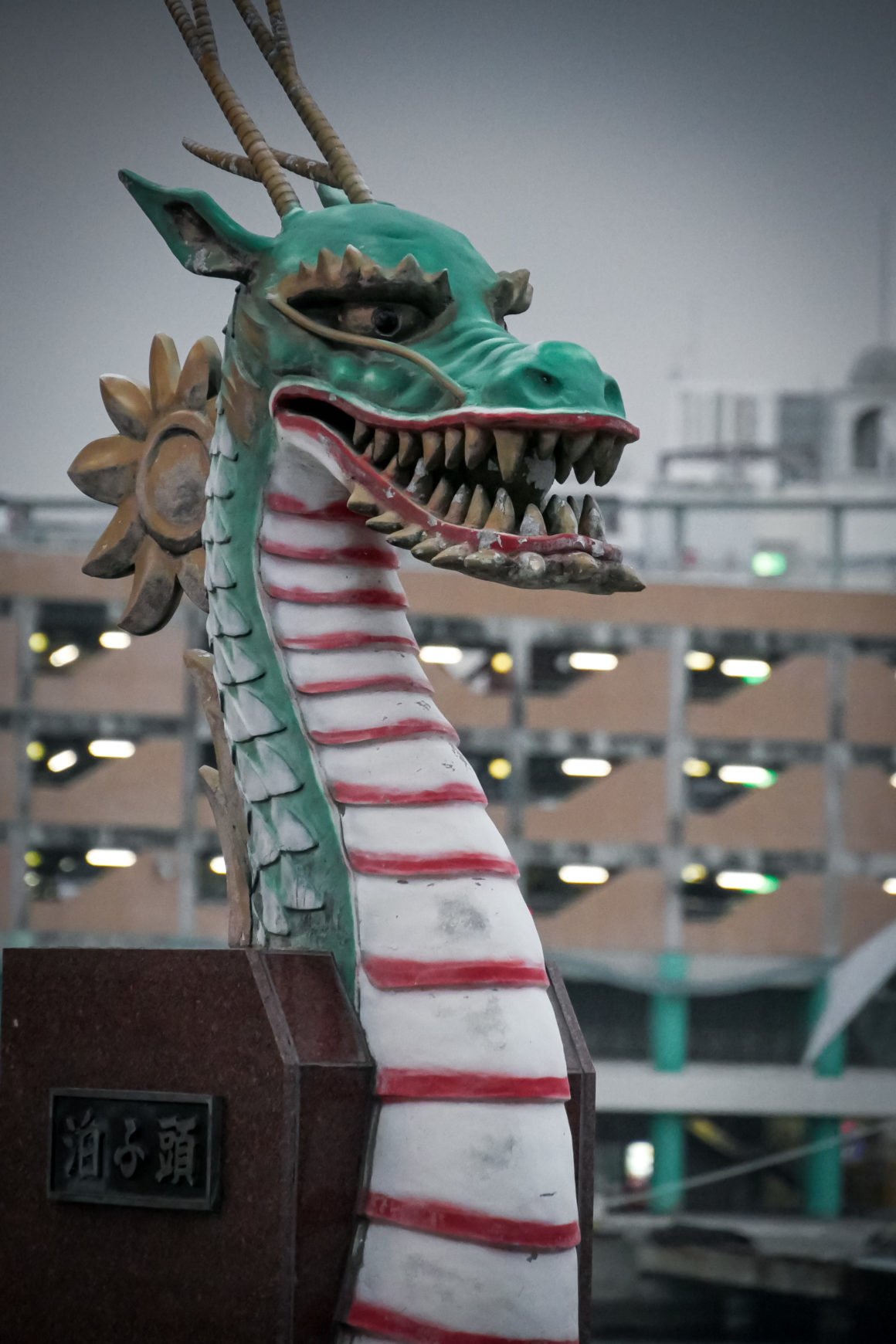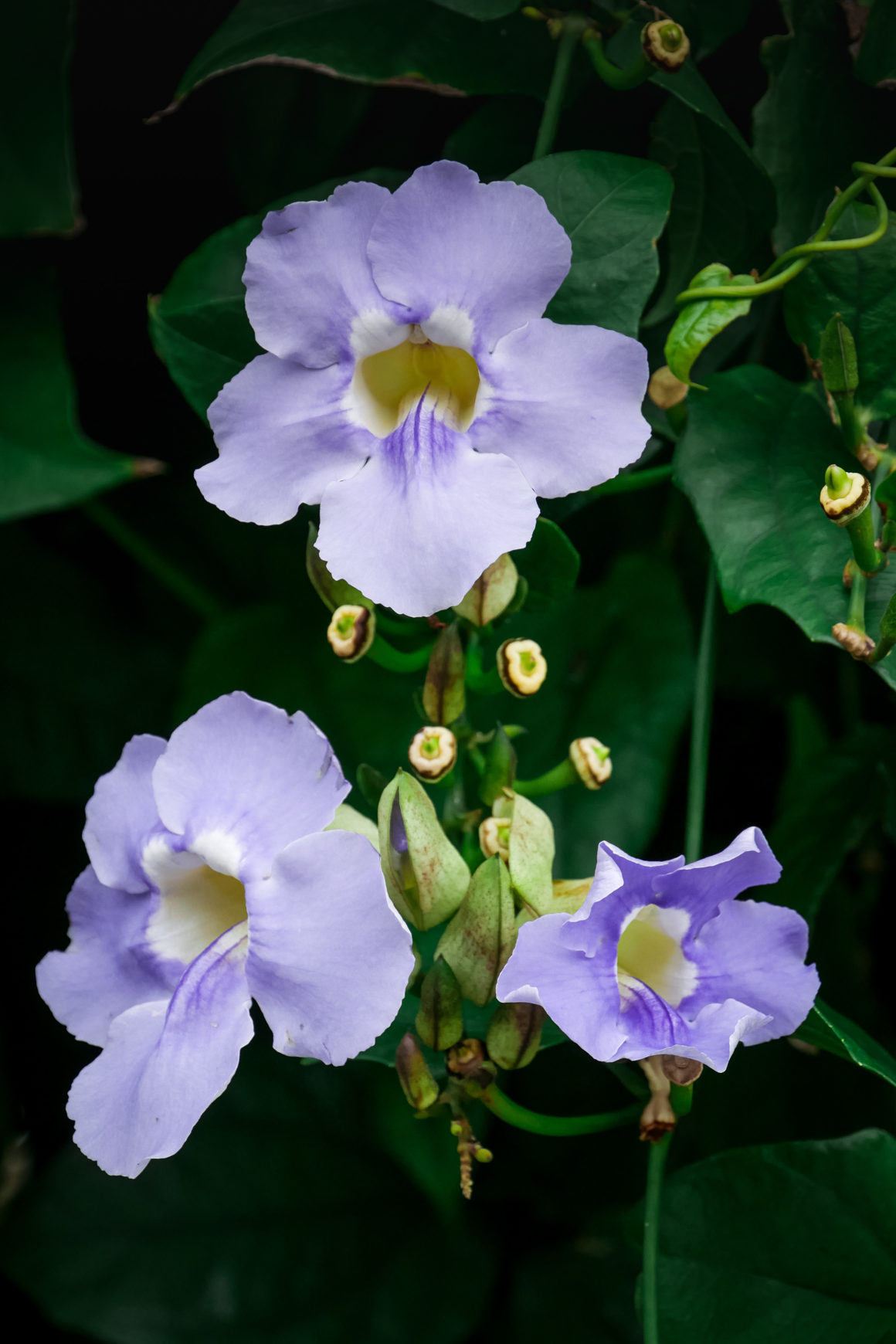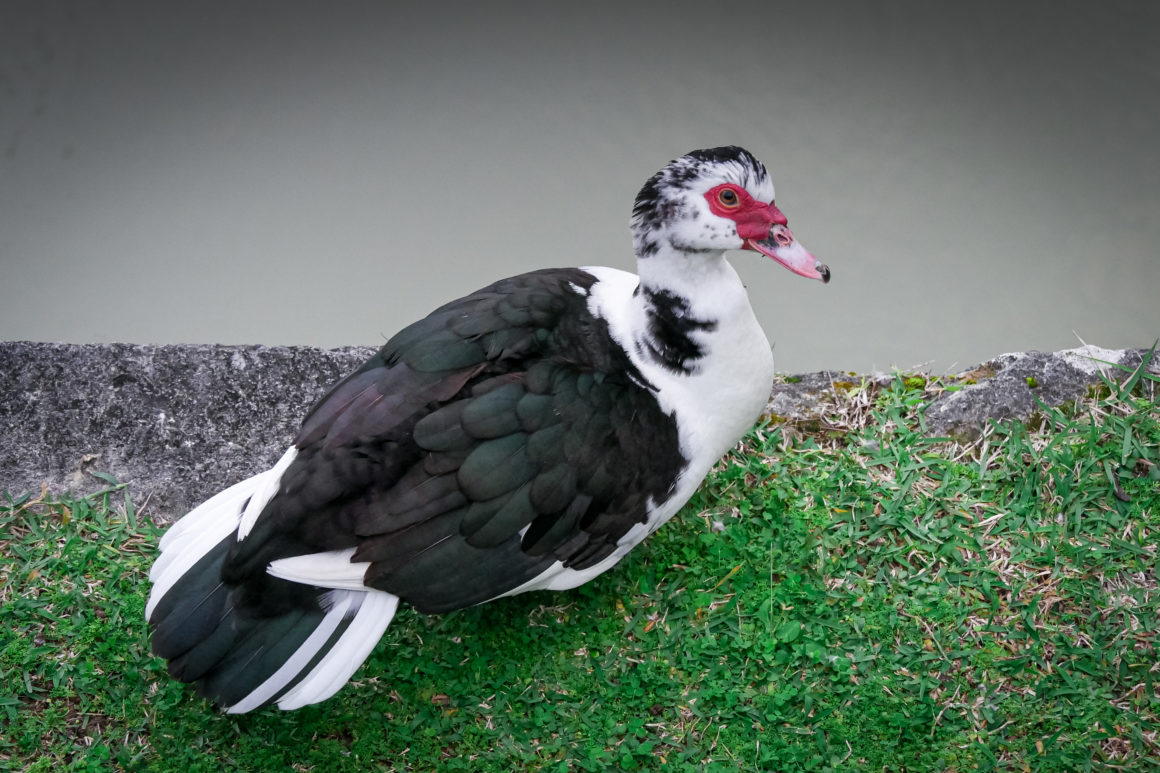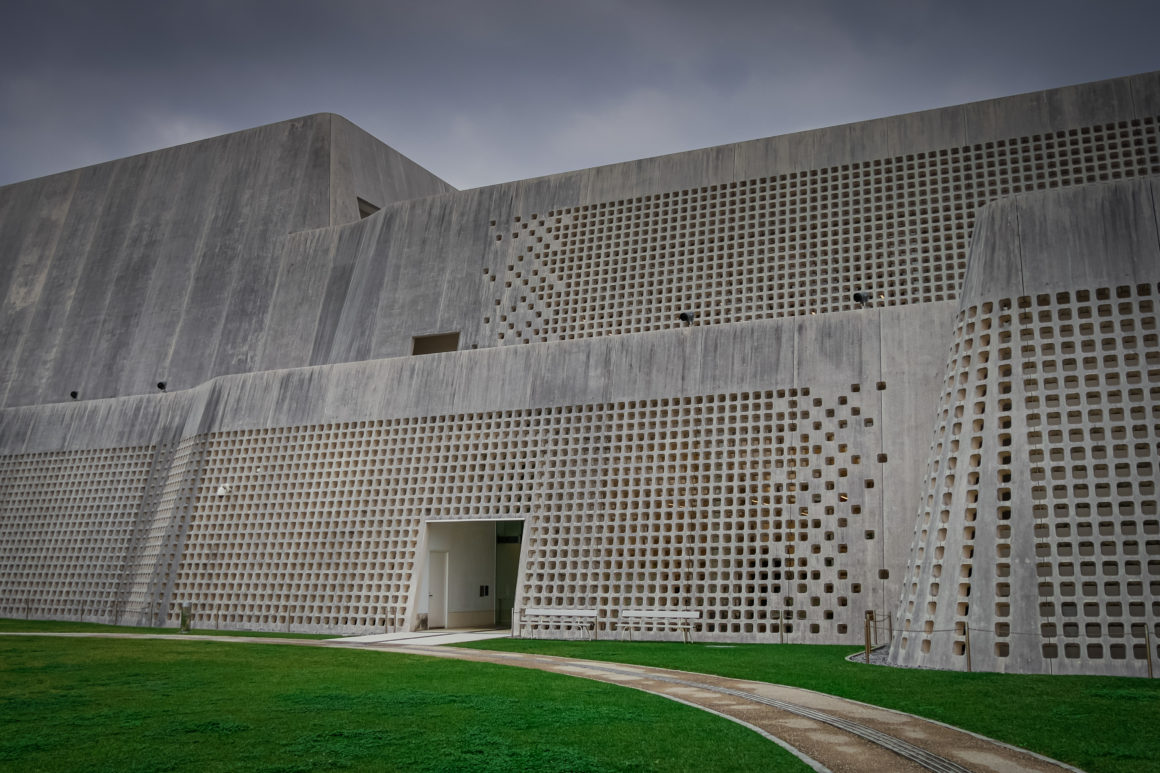DISPATCH
Tuesday January 12, boarding around 10am for Okinawa. The 1.5 hour flight takes place peacefully over a particularly compact and impressive sea of clouds. The weather should be gray below. Around Naha Airport, the main city on Okinawa Island, as we descend below the clouds, I see a turquoise blue sea and small coral reefs appear. As I predicted, the weather is all gray.
Rosaries of semi-tropical islands, the Ryukyu Islands evoke Hawaii, Brazil or Southeast Asian countries more than the rest of Japan. The Ryukyu archipelago of which Okinawa is a part, was for centuries independent from Japan. For a very long time, the islands were ruled by local chiefs called Aji, until 1429, when Sho Hashi unified the islands and founded the Ryukyu dynasty. He developed exchanges with China, leading to the development of arts, literature and ceramics in the archipelago. Invaded in 1609 by the Shimazu clan of Satsuma (Kagoshima), the Ryukyu kingdom became for Japan a base of trade with the outside world. In 1879 the kingdom was integrated into Japan and became the prefecture of Okinawa. The Ryukyu culture and language were almost eradicated by the Meiji government. At the end of the Second World War, the Japanese army decided to use the Okinawa Islands as a shield against the Allies. Thousands of civilians perished in battles and the landscape was forever altered. Following the war, Okinawa remained under American control until 1972. Today, many active American military bases are still located on the archipelago.
After settling in my very rustic inn (my room is made up of a bed and that’s it), I go in search of food and take a walk in Naha. Capital of the island and of the prefecture of Okinawa, Naha has a tropical and different atmosphere from Japan which is immediately felt: a sort of calm, relaxed atmosphere, of houses evoking more fishermen’s huts or divers than real dwellings, new beliefs and more tanned and more massive people than on the Japanese continent. On the other hand, Naha, like a majority of Japanese cities and towns which also suffered greatly from the war, is really not very attractive in terms of architecture. The only building that stands out is the magnificent Shurijo castle. Built in the 14th century when Naha was called Shuri, the medieval castle was the administrative center and residence of the kings of the Ryukyu dynasty until the 19th century. The building was destroyed four times by fire! The last time took place during the Second World War. The castle has been completely rebuilt. It is therefore quite strange to walk around in an almost new building when it is supposed to date from the 14th century.
Absolutely magnificent, the complex is made up of a multitude of structures including many doors (to access the castle courtyard), the Seiden (the imperial palace), the Nanden – Bandokoro complex (reception areas), the Hokuden (administrative structure of the government), the Ouchibara (private apartments) … I feel the Chinese influence in its architecture. All of the buildings can be visited and house temporary exhibitions. It is with undisguised happiness but still a little spoiled by the flood of tourists more concerned about finding the entirety of the stamps distributed in the castle than by appreciating the place, that I walk in the different structures. Objects, paintings, dishes and ceramics all more beautiful than the others having decorated the apartments of the king, portraits of the different sovereigns, a set of traditional musical instruments (Shamisen, Biha, Gong …), kimonos, the apartments of the king and queen, the awe-inspiring throne room… all dominated by the color red. I spend a long time trying to imagine life at the time.
Coming out, I wander a little in the park at the foot of the castle, filled with geese and in the streets of Naha. I come across Shîsâ almost everywhere where I look! Traditional sculptures of Okinawa, half lion, half dog, the Shîsâ derive from guardian lions imported from China in the 14th century and are considered as protective guardians capable of repelling the evil forces.
“They are often posed in pairs. In some pairs, the one on the left has a closed mouth and the one on the right, the open mouth. Still on the right, the male keeps his mouth open in order to ward off evil spirits. The female, on the other hand, keeps her mouth closed so that happiness is not saved. ” – Wikipedia
The next day is gray and even rainy. All this bad weather is starting to get on my nerves. Since mid-December, I must have had maybe 3-4 days of beautiful sun. Especially since it makes Naha sad and even less beautiful. I came to Okinawa to have good weather, pretty white sand beaches and turquoise water, that is not at all what I got for the moment. Slightly depressed, I take a walk in the city center, the covered alleys and the district dedicated to the ceramics typical of Okinawa. Not many people and sculptures of shîsâ everywhere. The aerial monorail crosses the city with its structure that is almost too futuristic for the environment. In order to escape the bad weather, I go to the Okinawa Prefectural Museum. It also houses the Okinawa Art Museum dedicated to contemporary art. The exterior of the museum looks like a grey, very ugly bunker. I visit the “Museum” section devoted to the history, the second world war, archeology, fauna, arts and culture of Okinawa. The permanent exhibition is huge and extremely interesting. As all the information is available in English, it is with great pleasure that I stay well four hours to document myself and to wander among the costumes, objects, pottery, life-size reconstructions of the environment and of life at the time, traditional songs or photos of life during the war.
The next day, Thursday January 14, the weather is even worse than the day before. Depressed and nervous, I go back to bed under my duvet. When I wake up it is around 11am but the weather is always the same. I admit that I am starting to get a little tired of it. A strong desire to return to France seized me. I still decide to go to the Okinawa Peace Memorial Museum and Park located in the south of the island in the small town of Itoman. I think that outside of the city, the environment should be friendlier with tropical nature and beautiful beaches. But everything seems to be ganging up on me since the one hour bus ride to the museum is mostly done only along small towns with really ugly concrete buildings. The park is also a disappointment since there are not much palm trees or white sand beaches nearby either. A cemetery with monuments by prefectures dedicated to the number of deaths during the Second World War stretches along a small cliff. It is very sad. Like my morale. The rain begins to fall again and I take refuge in the museum. Dedicated to the Second World War, the role of Okinawa and its consequences on the population, the museum is fortunately very interesting and particularly moving. All legends are also available in English. I stay in the afternoon and then return to Naha at dusk.

